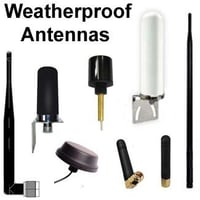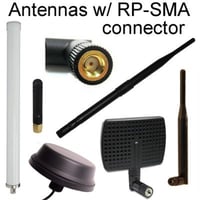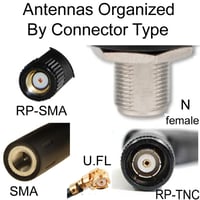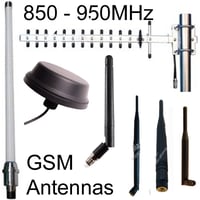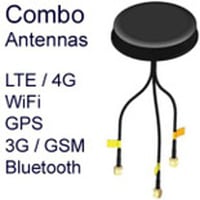Pole Mounts
Pole Mounts:
Pole mounts are a combination of U-bolts with either a J-mount or a L-bracket. Either an existing pole is used. or a mast is installed on a tripod, or another type of roof mount such as a non-penetrating roof mount, or using wall brackets.
Antenna Masts:
Galvanized Steel for Rust / Corrosion Resistance / Weatherproofing for Antenna Masts & Mounts
Regular steel is prone to rust when exposed to moisture because it is made up of 90% iron. Coating steel with zinc (galvanizing) makes it rust resistant, weather-proof, and corrosion resistant.
Galvanized steel antenna masts / mounts are constantly exposed to harsh weather and corrosive elements, which makes it very important to coat them with zinc.
Galvanization Coating: Lasts Up to 211 Years. If galvanized steel is exposed to humidity levels of 60% or less, it can take 211 years before the Zinc coating erodes. Corrosion happens faster at 100% humidity, i.e., 34 years. Other factors that influence the rate at which galvanized steel corrodes include; strong alkalis, salts (like sodium chloride) as well as moss and lichen. Dissimilar metals such as pure steel, copper, and iron also cause a special kind of corrosion (galvanic corrosion) when they come into contact with zinc in the presence of electrolytes.
Other Corrosion Elements and Conditions
- Soil acidity: Galvanized steel antenna masts corrode faster when installed in acidic soils than in less corrosive soils, i.e., 35 to 50 years vs. 75+ years.
- Temperature: The corrosion rate of galvanized steel is the same in temperatures ranging from -40 to 392 degrees Fahrenheit. Temperatures above this can cause galvanized steel to loose corrosion and weather-resistance.
Electro galvanizing vs. hot-dipped galvanizing: You can galvanize steel by dipping it in molten zinc - a process known as hot-dipped galvanizing. This galvanizing method is the oldest and most popular since it results in a tougher and thicker coating that other methods like electro galvanizing which coat via electrical bonding

